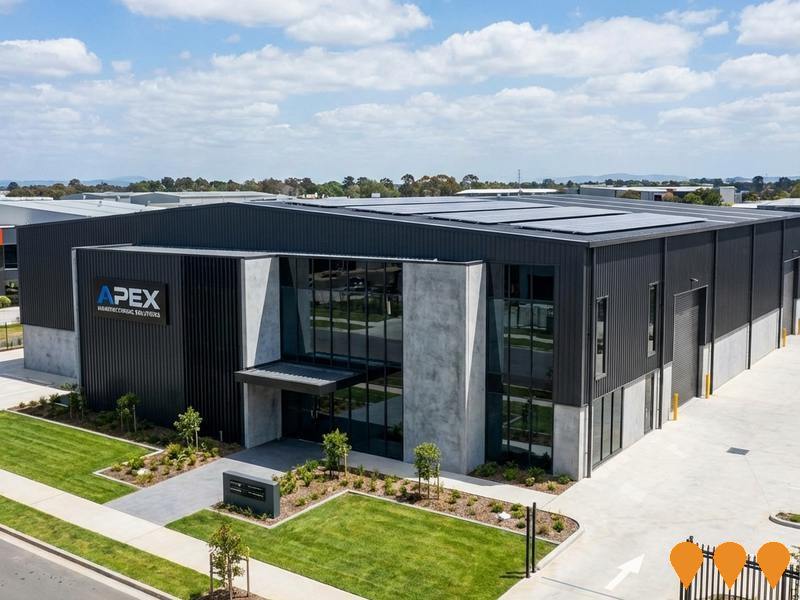Chart Color Schemes
est. as @ -- *
ABS ERP | -- people | --
2021 Census | -- people
Sales Activity
Curious about local property values? Filter the chart to assess the volume and appreciation (including resales) trends and regional comparisons, or scroll to the map below view this information at an individual property level.
Find a Recent Sale
Sales Detail
Population
Central Highlands has seen population growth performance typically on par with national averages when looking at short and medium term trends
Central Highlands' population was around 2,520 as of August 2025. This reflected an increase of 93 people, a 3.8% rise from the 2021 Census figure of 2,427. The change was inferred from ABS estimates: 2,493 in June 2024 and additional validated new addresses since then. Population density stood at 0.40 persons per square kilometer. Over the past decade, Central Highlands showed a compound annual growth rate of 1.5%, exceeding its SA3 area's pace. Interstate migration contributed approximately 59.1% to recent population gains.
AreaSearch used ABS/Geoscience Australia projections for each SA2 area, released in 2024 with a base year of 2022. For areas not covered by this data and post-2032 growth by age group, Tasmania State Government's Regional/LGA projections were adopted, adjusted using a weighted aggregation method from LGA to SA2 levels. Future trends indicate an overall population decline: the area's population is expected to reduce by 103 persons by 2041. However, specific age cohorts are projected to grow, notably the 75-84 age group, anticipated to increase by 115 people.
Frequently Asked Questions - Population
Development
AreaSearch analysis of residential development drivers sees Central Highlands recording a relatively average level of approval activity when compared to local markets analysed countrywide
Central Highlands has seen approximately nine new homes approved annually over the past five financial years, from FY21 to FY25, totaling 49 approvals. In FY26, one home has been approved so far. On average, 4.2 people have moved to the area for each dwelling built during this period.
This significant demand exceeds new supply, typically leading to price growth and increased buyer competition. New properties are constructed at an average expected cost of $326,000, which is below the regional average, suggesting more affordable housing options for buyers. In FY26, there have been $26.6 million in commercial approvals, indicating steady commercial investment activity in the area.
Compared to Rest of Tas., Central Highlands has around three-quarters the rate of new dwelling approvals per person and ranks among the 36th percentile nationally, implying somewhat limited buyer options while demand for established properties strengthens. Recent development in Central Highlands has been entirely comprised of detached houses, maintaining its traditional low density character with a focus on family homes appealing to those seeking space. The estimated count of 457 people per dwelling approval reflects the area's quiet, low activity development environment. With population expected to remain stable or decline, Central Highlands should see reduced pressure on housing in the future, potentially creating opportunities for buyers.
Frequently Asked Questions - Development
Infrastructure
Central Highlands has limited levels of nearby infrastructure activity, ranking in the 9thth percentile nationally
Area infrastructure changes significantly influence performance. AreaSearch identified 55 potential impact projects. Major ones are Bothwell Water Treatment Plant, Cellars Hill Wind Farm, Weasel Solar Farm, and Tarraleah Power Station Redevelopment.
Professional plan users can use the search below to filter and access additional projects.
INFRASTRUCTURE SEARCH
 Denotes AI-based impression for illustrative purposes only, not to be taken as definitive under any circumstances. Please follow links and conduct other investigations from the project's source for actual imagery. Developers and project owners wishing us to use original imagery please Contact Us and we will do so.
Denotes AI-based impression for illustrative purposes only, not to be taken as definitive under any circumstances. Please follow links and conduct other investigations from the project's source for actual imagery. Developers and project owners wishing us to use original imagery please Contact Us and we will do so.
Frequently Asked Questions - Infrastructure
Cellars Hill Wind Farm
A proposed 350 MW wind farm with up to 56 turbines and an accompanying 600 MW / 2400 MWh battery energy storage system, located in Tasmania's Central Highlands. Declared a Major Project on 31 January 2025, the proposal is now under assessment by the Tasmanian Planning Commission. The landowner-led partnership proposes a $1,000 annual energy subsidy for households and businesses within 12 km of a turbine for the life of the project.

Incat Boyer Ferry Manufacturing Facility
New 12-hectare shipbuilding facility for construction of electric ferries. Features 240x120m production facility capable of constructing three large vessels simultaneously. Expected to create 500 new jobs and double Incat's workforce. Construction begins 2026.
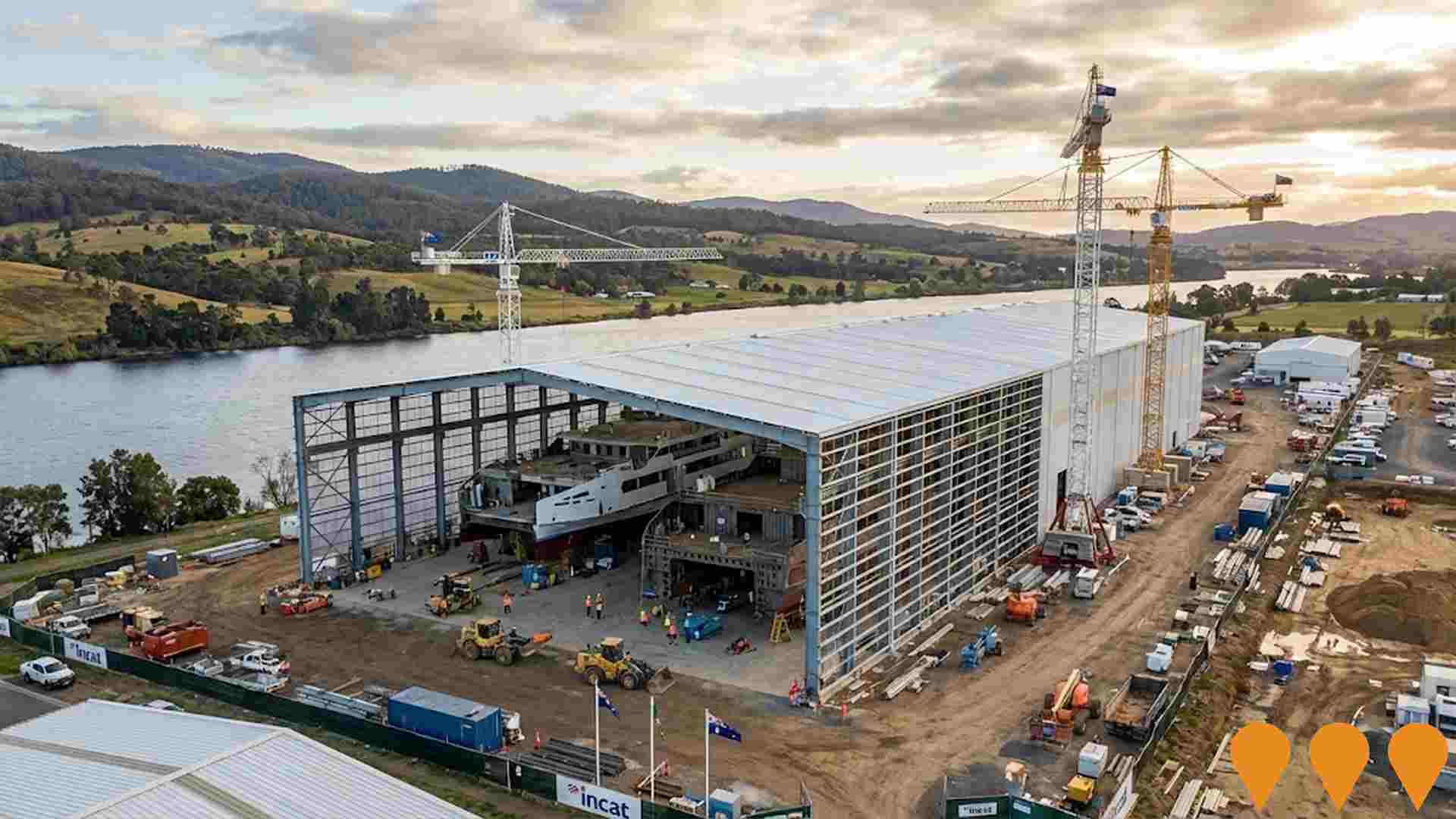
The Mills Precinct (including Noble Life New Norfolk Resort)
Large master-planned mixed-use precinct in New Norfolk. Original $500m+ vision included 700+ homes, private hospital, retirement village, hotel and commercial areas. Developer entered administration in July 2024 with ~1/3 of homes built. Project restructured: the over-50s lifestyle resort component has restarted as Noble Life New Norfolk Resort (186 homes, $75m), with earthworks and civil works underway from March 2025 and home construction commencing late 2025. The broader master-plan (hospital, remaining residential, hotel, commercial) remains on hold pending new ownership/investment; no active construction outside the Noble Life component as of December 2025.
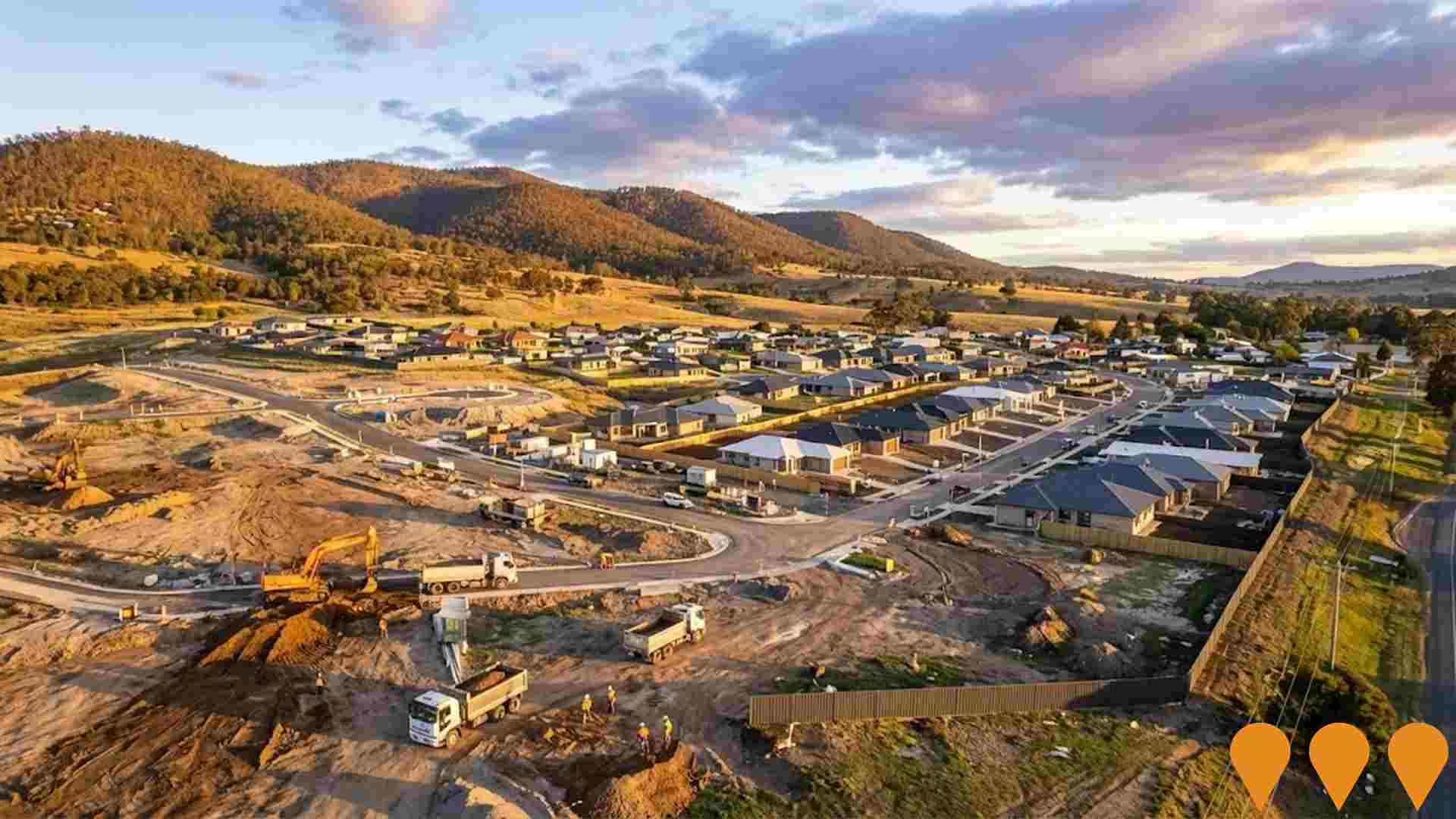
Derwent Valley Health and Wellbeing Hub
Multi-purpose health and wellbeing facility by Corumbene Care. Received $3.75 million federal grant. Will provide expanded health services to Derwent Valley region including aged care and medical services.
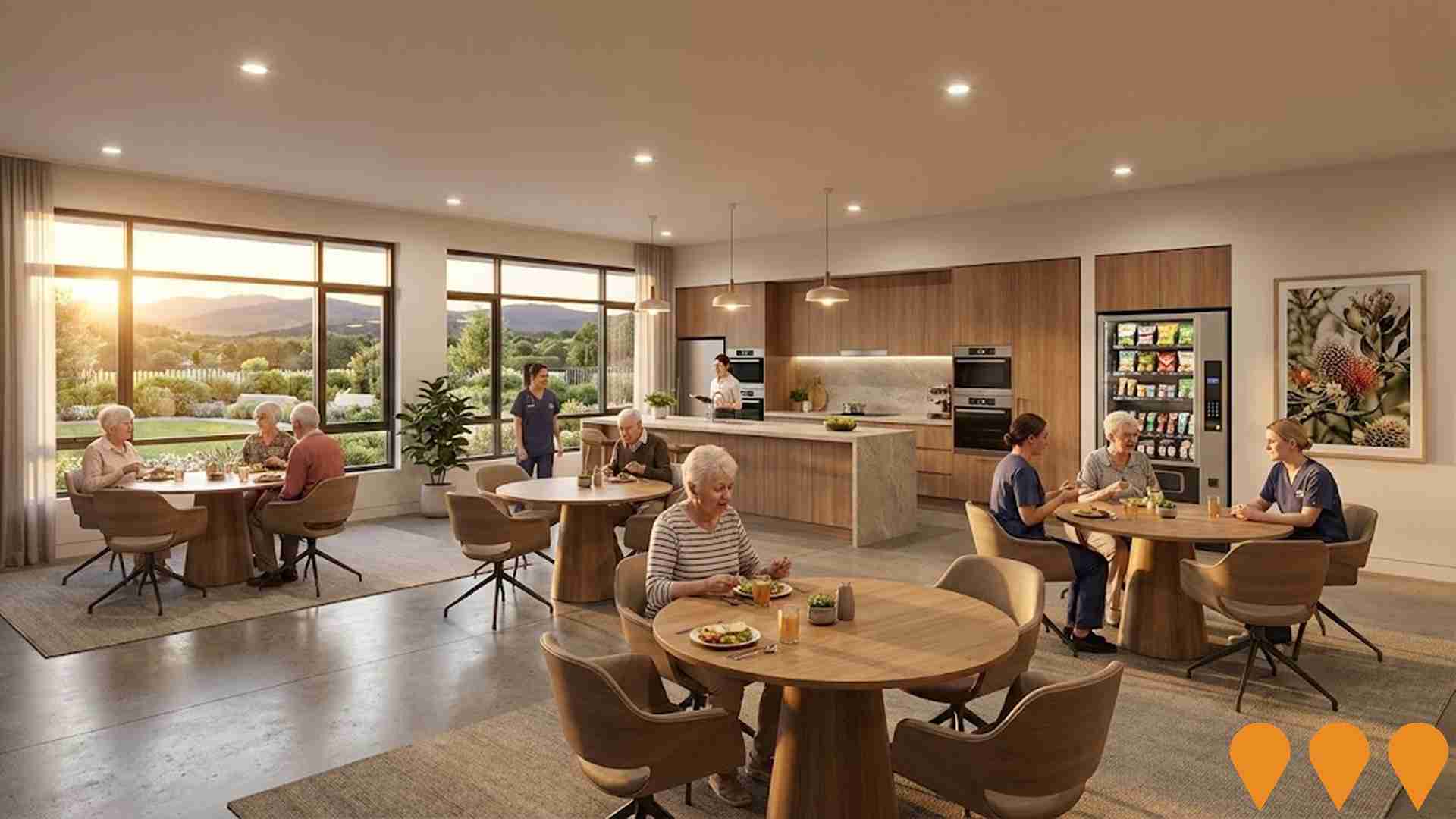
Ted Jeffries Memorial Park Upgrade
Staged upgrade of the Ted Jeffries Memorial Park precinct delivering skate park improvements, basketball half court and youth recreation area, expanded car parking including bus parking, soccer pitch upgrades and extensions, new clubrooms and changerooms, off-lead dog park and associated street and drainage works. Council documents indicate an overall project budget of about $3.4 million with Australian Government grant support, and clubrooms targeted for completion around mid-2025.
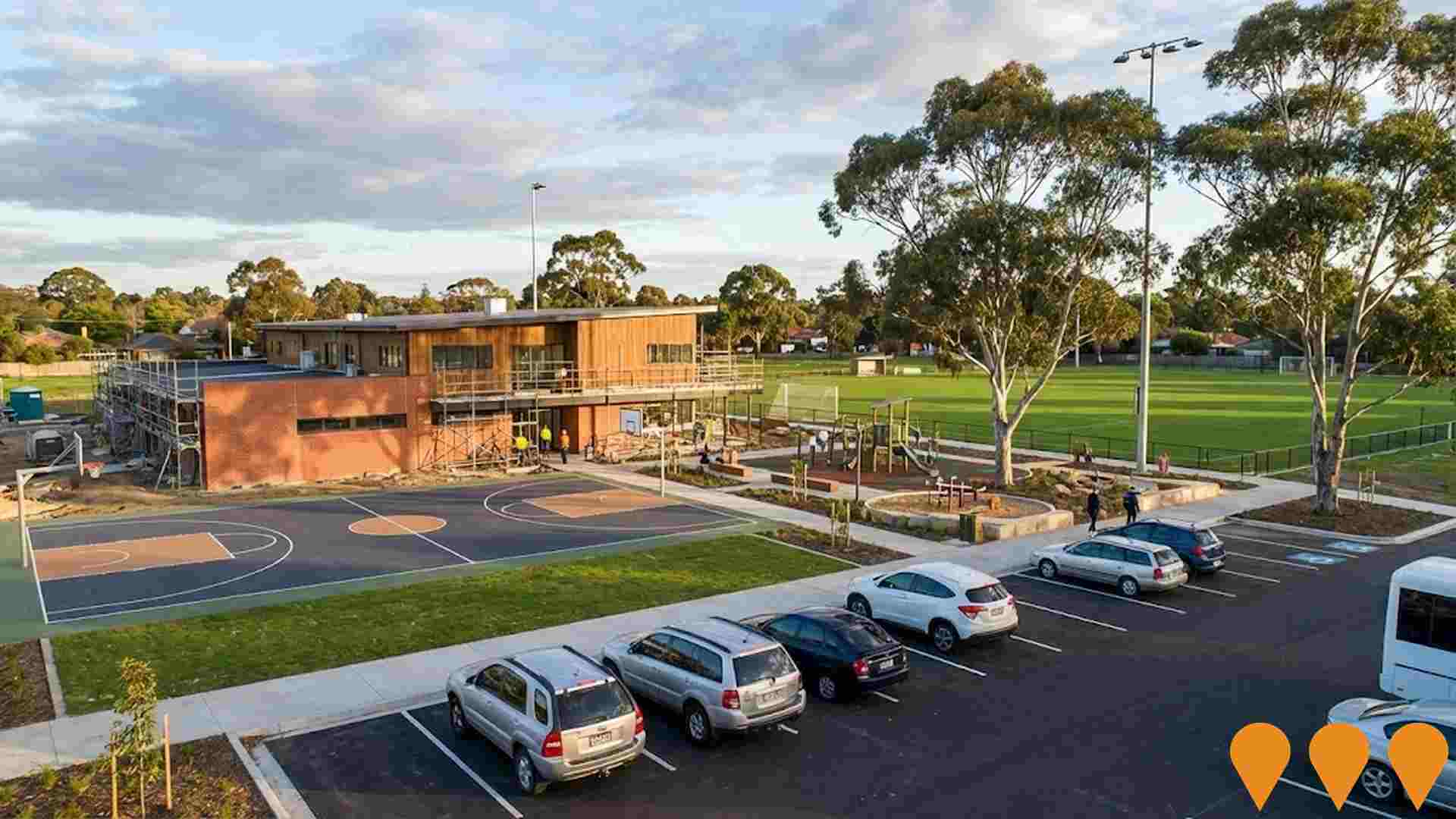
Weasel Solar Farm
Landowner-led 250 MW solar farm with 144 MW/576 MWh battery energy storage on ~435 ha, 9 km north of Bothwell. Project enables agrisolar with sheep grazing beneath panels, connects to existing 220 kV transmission line, and has received Central Highlands Council planning permit (DA 2025/14). Led by the Downie and Bowden families with Alternate Path; partnered in 2025 with Gamuda for development support.
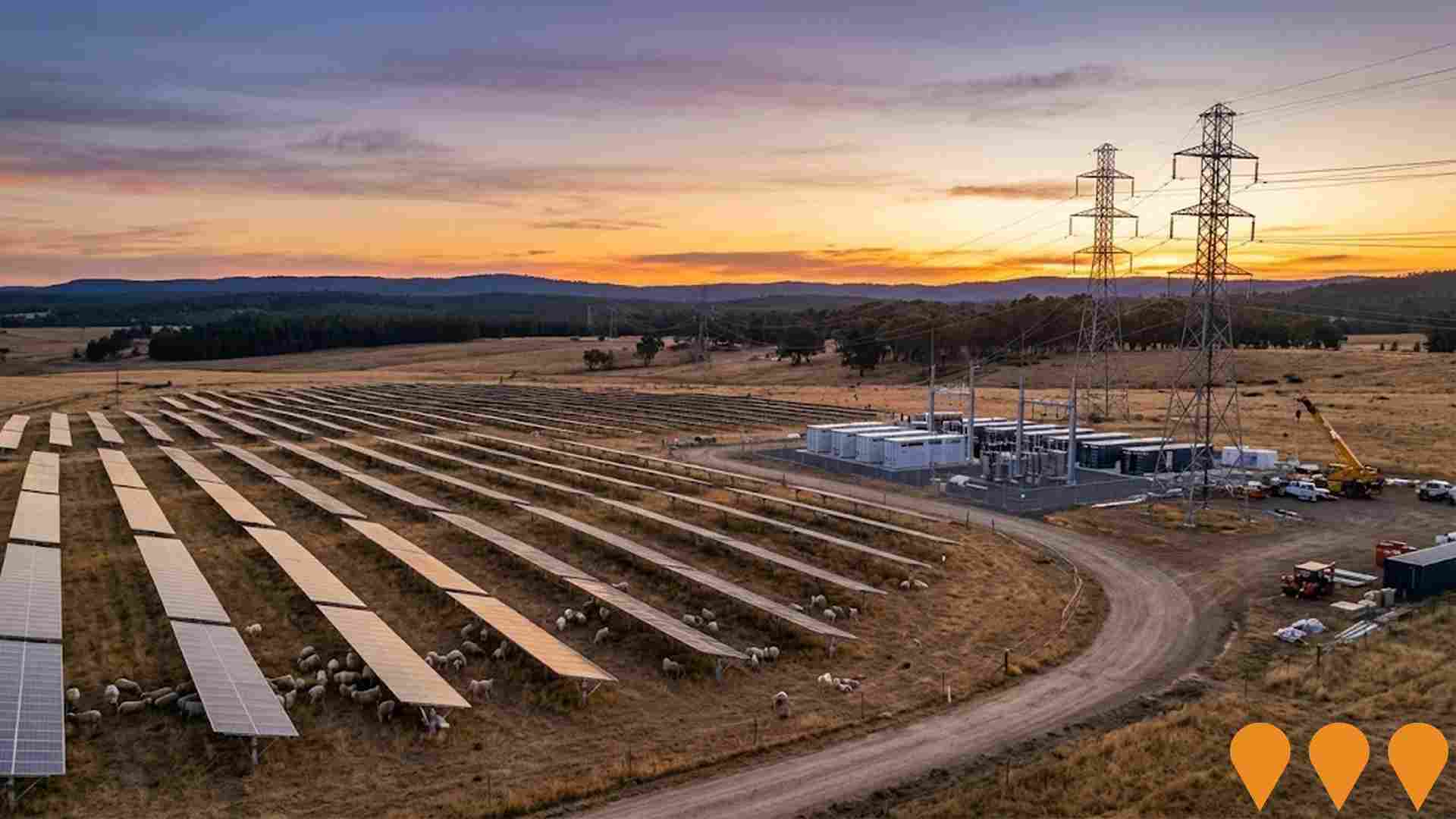
Willow Court Heritage Precinct Redevelopment
Adaptive reuse of Australia's oldest continually operated asylum site. Includes heritage interpretation centre, tourism facilities, hospitality venues, and potential museum development. Multiple buildings undergoing restoration.

Campus7140 Education Centre
Redevelopment of former Royal Derwent Hospital nurses quarters into Tasmania's leading education, training and conferencing centre. Targeting universities, RTOs, corporate education providers and government entities.

Employment
Employment drivers in Central Highlands are experiencing difficulties, placing it among the bottom 20% of areas assessed across Australia
Central Highlands has a balanced workforce with both white and blue collar jobs, diverse sector representation, and an unemployment rate of 4.5% as of June 2025. There are 1,023 residents employed, which is 0.5% higher than Rest of Tas.'s rate of 3.9%.
Workforce participation in Central Highlands lags at 49.2%, compared to Rest of Tas.'s 55.7%. Dominant employment sectors include agriculture, forestry & fishing, accommodation & food, and health care & social assistance. Agriculture, forestry & fishing is particularly notable with employment levels at 3.7 times the regional average. However, health care & social assistance is under-represented, with only 9.1% of Central Highlands's workforce compared to 16.5% in Rest of Tas..
The area may offer limited local employment opportunities, as indicated by a decrease in labour force by 4.8% and employment decline by 5.5% over a 12-month period ending June 2025, leading to an unemployment rise of 0.7 percentage points. In contrast, Rest of Tas. experienced a marginal drop in employment (0.5%) and labour force (0.6%). Jobs and Skills Australia's national employment forecasts from May 2025 project national employment growth of 6.6% over five years and 13.7% over ten years. Applying these projections to Central Highlands's employment mix suggests local growth of approximately 4.9% over five years and 11.0% over ten years, though this is a simple weighting extrapolation for illustrative purposes and does not account for localised population projections.
Frequently Asked Questions - Employment
Income
The area's income levels rank in the lower 15% nationally based on AreaSearch comparative data
Central Highlands had a median taxpayer income of $47,433 and an average of $52,370 in financial year 2022. This was lower than the national average, with Rest of Tas. having a median income of $47,358 and an average income of $57,384. By September 2025, estimates suggest the median income would be approximately $53,993 and the average $59,613, based on Wage Price Index growth of 13.83% since financial year 2022. Census data indicates that household, family, and personal incomes in Central Highlands fall between the 4th and 8th percentiles nationally. The $400 - $799 earnings band captures 32.7% of the community (824 individuals), contrasting with the broader area where the $1,500 - $2,999 bracket leads at 28.5%. A significant portion of the community faces economic challenges, with 42.8% in sub-$800 weekly brackets. Despite modest housing costs allowing for retention of 90.6% of income, total disposable income ranks at just the 9th percentile nationally.
Frequently Asked Questions - Income
Housing
Central Highlands is characterized by a predominantly suburban housing profile, with above-average rates of outright home ownership
The dwelling structure in Central Highlands, as per the latest Census, consisted of 96.4% houses and 3.6% other dwellings (semi-detached, apartments, 'other' dwellings), compared to Non-Metro Tas.'s 97.8% houses and 2.2% other dwellings. Home ownership in Central Highlands stood at 52.7%, with mortgaged dwellings at 28.7% and rented ones at 18.5%. The median monthly mortgage repayment was $894, below Non-Metro Tas.'s average of $1,200. The median weekly rent figure was $200, compared to Non-Metro Tas.'s $240. Nationally, Central Highlands' mortgage repayments were significantly lower than the Australian average of $1,863, while rents were substantially below the national figure of $375.
Frequently Asked Questions - Housing
Household Composition
Central Highlands features high concentrations of lone person households, with a lower-than-average median household size
Family households account for 58.5% of all households, including 20.2% couples with children, 29.8% couples without children, and 7.4% single parent families. Non-family households comprise the remaining 41.5%, with lone person households at 38.3% and group households making up 3.2%. The median household size is 2.1 people, which is smaller than the Rest of Tas. average of 2.4.
Frequently Asked Questions - Households
Local Schools & Education
Central Highlands faces educational challenges, with performance metrics placing it in the bottom quartile of areas assessed nationally
The area has university qualification rates of 14.3%, significantly lower than the Australian average of 30.4%. This presents both a challenge and an opportunity for targeted educational initiatives. Bachelor degrees are the most common at 9.4%, followed by postgraduate qualifications (3.7%) and graduate diplomas (1.2%). Trade and technical skills are prominent, with 39.0% of residents aged 15+ holding vocational credentials – advanced diplomas (8.3%) and certificates (30.7%).
Educational participation is high, with 25.3% of residents currently enrolled in formal education, including 11.5% in primary, 6.7% in secondary, and 1.7% in tertiary education. The area has educational provision through Ouse District School and Bothwell District High School, serving a total of 79 students. Local school capacity is limited at 3.1 places per 100 residents compared to the regional average of 7.1, leading many families to travel for schooling. Note: schools with 'n/a' for enrolments should refer to their parent campus.
Frequently Asked Questions - Education
Schools Detail
Nearby Services & Amenities
Transport
No public transport data available for this catchment area.
Frequently Asked Questions - Transport
Transport Stops Detail
Health
Health performance in Central Highlands is well below average with prevalence of common health conditions notable across both younger and older age cohorts
Central Highlands faces significant health challenges, with common conditions affecting both younger and older age groups. Private health cover is low at approximately 46%, covering around 1,164 people, compared to the national average of 55.3%.
The most prevalent conditions are arthritis (12.2%) and mental health issues (8.7%). About 61% report no medical ailments, slightly lower than Rest of Tas.'s 62.3%. The area has a higher proportion of seniors aged 65 and over at 27.1%, or 681 people, compared to Rest of Tas.'s 22%. Despite this, health outcomes among seniors are above average, outperforming the general population in health metrics.
Frequently Asked Questions - Health
Cultural Diversity
Central Highlands is considerably less culturally diverse than average when assessed alongside AreaSearch's national rankings for language and cultural background related metrics
Central Highlands had a lower cultural diversity, with 86.9% citizens, 88.8% born in Australia, and 96.3% speaking English only at home. Christianity was the predominant religion, comprising 53.3%, compared to 49.6% regionally. The top three ancestry groups were English (36.5%), Australian (34.8%), and Irish (8.0%).
Notably, Australian Aboriginal were overrepresented at 4.0% versus 4.6% regionally, while Hungarian stood at 0.3%, higher than the regional 0.1%.
Frequently Asked Questions - Diversity
Age
Central Highlands ranks among the oldest 10% of areas nationwide
The median age in Central Highlands is 50 years, which is significantly higher than the Rest of Tasmania's average of 45 years and well above the national norm of 38 years. Compared to the Rest of Tasmania average, the 55-64 age cohort is notably over-represented at 18.7% in Central Highlands, while the 5-14 year-olds are under-represented at 8.8%. The 55-64 concentration is well above the national average of 11.2%. Between 2021 and present, the 75 to 84 age group has grown from 6.5% to 8.3% of the population. Conversely, the 5 to 14 year-old cohort has declined from 10.5% to 8.8%. Population forecasts for 2041 indicate substantial demographic changes in Central Highlands. The 75 to 84 age group is projected to grow by 47%, adding 99 residents to reach a total of 310. Senior residents aged 65 and above will drive 57% of population growth, underscoring trends towards an aging demographic. Conversely, both the 0-4 and 15-24 age groups are projected to decrease in numbers.

